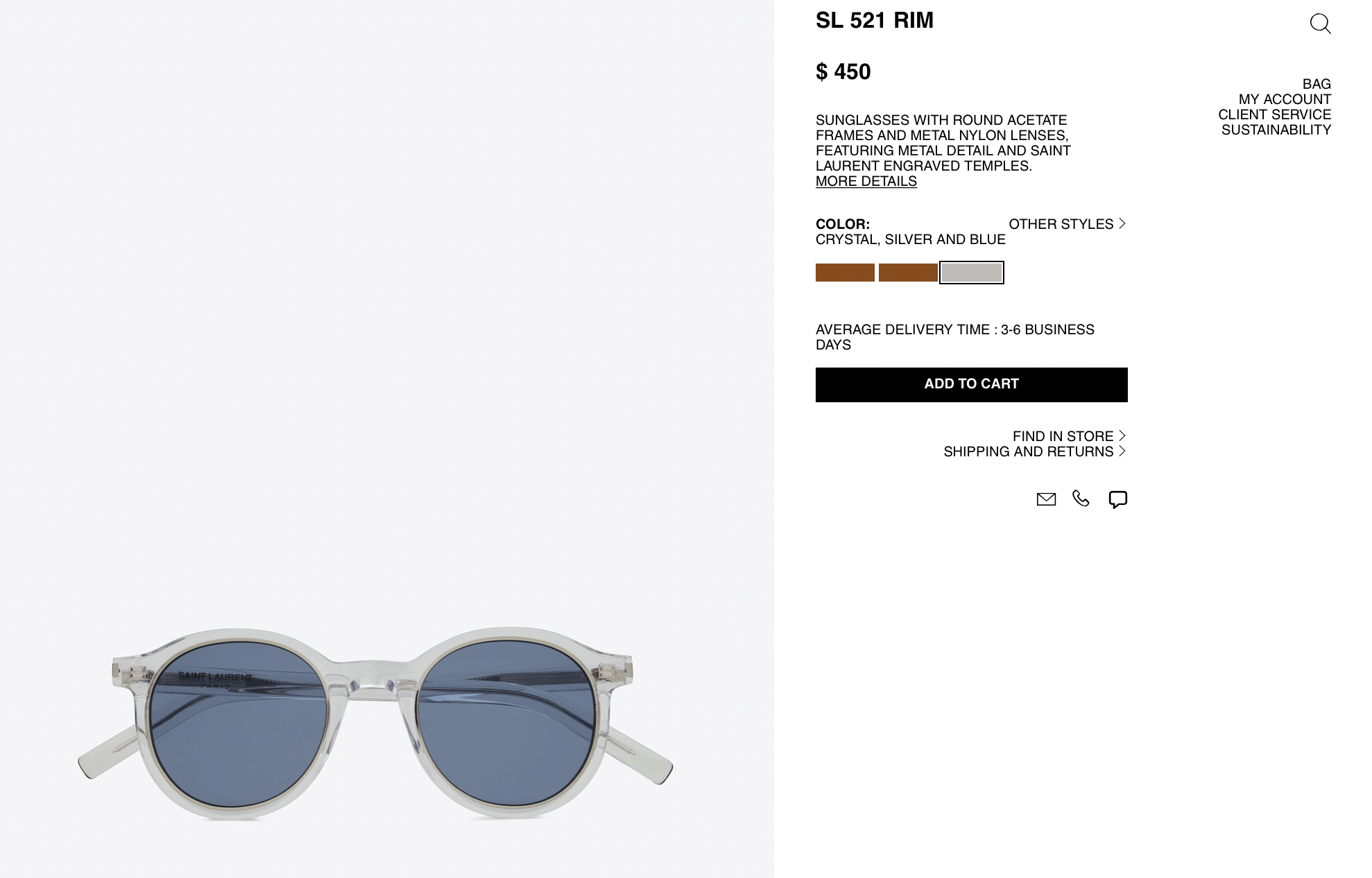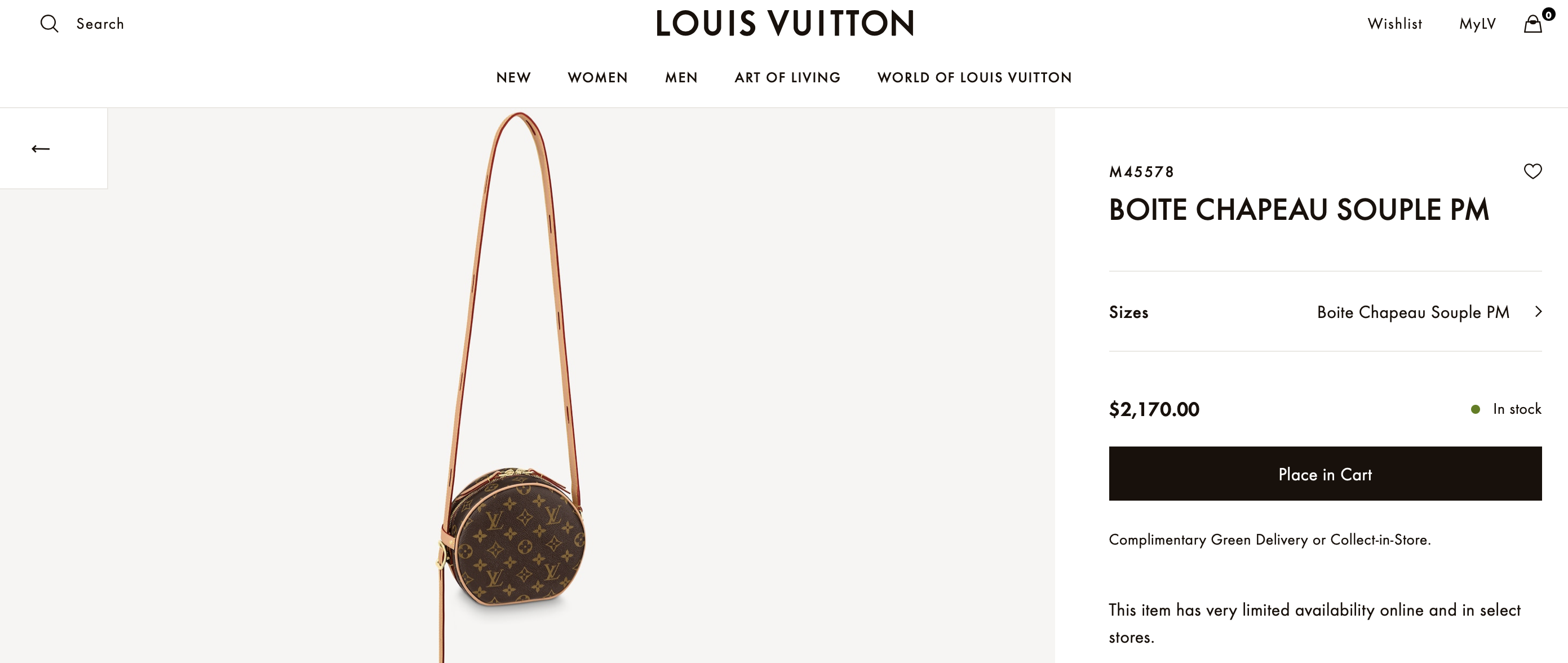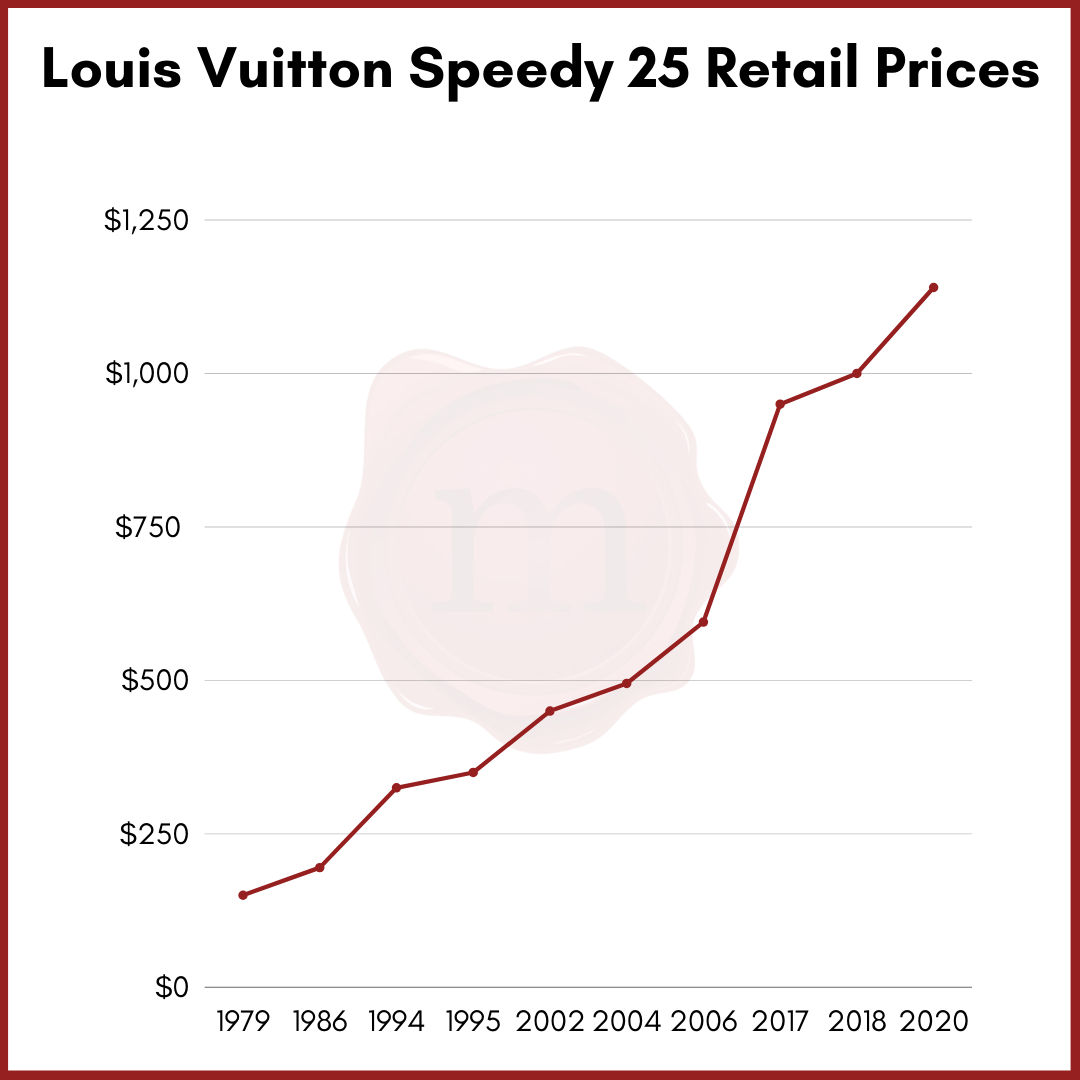No matter what market you look at there are bound to be budget, “normal”, and high-end offerings. It is hard to think of a better example of this phenomenon than in the fashion industry. Within this industry a myriad of brands occupy each price segment of the market. Store brands, and budget brands occupy the low-end market while large apparel companies and most rebranding companies target the mass market at a middle price point. these markets are driven by very “traditional” sales practices including large seasonal sales and steep discounts to move product.
These markets know that their customers are looking for either the cheapest clothing they can get (in the low-end market) or clothing with decent quality for the price (in the middle market where most people shop). The high-end market that operates a bit differently. This market is dominated by brands that people love and hate; Louis Vuittons, Tom Ford, Ted Baker, Saint Laurent, Chanel, Hermes, Prada, Gucci, etc.
These brands have a completely different value proposition for their customer segment: exclusivity and status. Designer fashion brands know this is what their customer wants and they achieve it through exorbitant prices. If a simple price barrier seems too simple of a solution, allow Louis Vuittons to demonstrate this principle. When the company has trouble selling bags what do they do? They increase the price. Louis Vuittons increases handbag prices much faster than inflation and the greater the price increase they announce, the more bags they sell in the the same year. Their customers are not looking for a good price, they are looking to make sure they will not be seen in the same attire as the mass market.





Hi, Luke! I thought your post was really interesting. The approach of raising prices to increase sales seems counterintuitive, but it appears to be working for designer fashion brands. This shows the importance of having a proper need analysis of your customers so you can incur greater sales. As Professor Sweet always says: no pain, no sale.
What a fascinating concept! I always knew that customers who buy designer brands are looking more for a status symbol, instead of something truly fashionable, but I never considered how companies achieve this. Increasing the price may seem like a foolish move for a smaller business, but with designers, increasing the price makes the product more exclusive and gives only a select group of customers the chance to have that status. Great post!